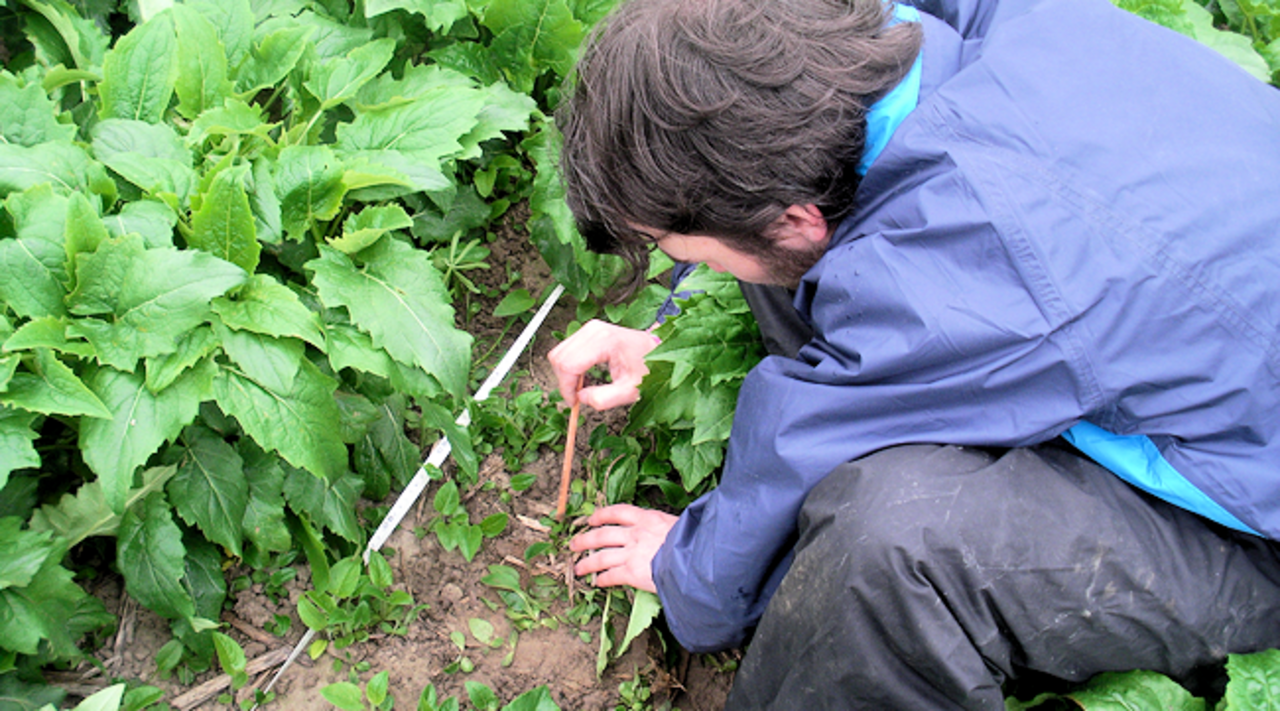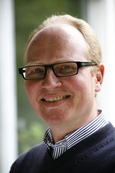Project
BESTLAND - GHG reduction and soil biodiversity in poorly drained soils under perennial crops

Potentials of GHG reduction, soil protection and soil biodiversity by means of cultivating perennial crops at sites of poorly drained soils (Stagnosols, Planosols)
Cultivation of perennial crops can prevent soil compaction from frequent wheeling of agricultural machinery, in particular on poorly drained soils. In addition to soil protection, this creates potentials for improving the greenhouse gas balance and soil biodiversity of bioenergy production.
Background and Objective
Poorly drained soils (Stagnosols, Planosols), which are abundant in Central German Uplands, are climate-sensitive sites especially under agriculture because they are vulnerable to compaction due to agricultural management in moist and wet phases and, therefore, they are characterized by a high potential of greenhouse gas (GHG) emissions, especially N2O and CH4.
BESTLAND is based on the strategy to use a so-far unexploited potential for GHG reduction by landuse change from maize to appropriate perennial crops for biomass production (here: the cup plant Silphium perfoliatum). Concurrently, those soils are protected against compaction and important soil functions and soil ecosystem services of the soil biodiversity (here: earthworms) are fostered.
Approach
Field measurements are conducted to verify results from greenhouse experiments regarding the suitability of perennial energy plants for cultivation on poorly drained soils with common agricultural practice. Emissions of greenhouse gases are measured and thereby mitigation potentials evaluated. The impact of the cropping system on burrows of earthworms and their service for mineralization of organic residues in soil are studied with regard to hydrological properties and gas exchange.
Furthermore, the project aims at inclusion of farmers and farm advisors in the ongoing research activities and at knowledge transfer in form of field demonstrations.
Thünen-Contact

Involved Thünen-Partners
Involved external Thünen-Partners
- Universität Trier
(Trier, Deutschland)
Funding Body
-
Fachagentur Nachwachsende Rohstoffe e.V. (FNR)
(national, öffentlich)
Duration
10.2018 - 2.2022
More Information
Project funding number: 22403618
Funding program: FNR
Project status:
finished
Publications
- 0
Wöhl L, Ruf T, Emmerling C, Schrader S (2024) Earthworm communities and their relation to above-ground organic residues and water infiltration in perennial cup plant (Silphium perfoliatum) and annual silage maize (Zea mays) energy plants. Soil Use Manag 40(2):e13041, DOI:10.1111/sum.13041
- 1
Wöhl L, Ruf T, Emmerling C, Thiele J, Schrader S (2023) Assessment of earthworm services on litter mineralisation and nutrient release in annual and perennial energy crops (Zea mays vs. Silphium perfoliatum). Agriculture 13(2):494, DOI:10.3390/agriculture13020494
- 2
Kemmann B, Ruf T, Well R, Emmerling C, Fuß R (2023) Greenhouse gas emissions from Silphium perfoliatum and silage maize cropping on Stagnosols. J Plant Nutr Soil Sci 186(1):79-94, DOI:10.1002/jpln.202200014
- 3
Kemmann B, Ruf T, Matson A, Well R (2023) Waterlogging effects on N2O and N2 emissions from a Stagnosol cultivated with Silphium perfoliatum and silage maize. Biol Fertil Soils 59(1):53-71, DOI:10.1007/s00374-022-01673-6
- 4
Schrader S, Well R, Fuß R (2022) Wie sich der Anbau der Durchwachsenen Silphie auf THG-Emissionen und Boden-Biodiversität auswirkt. Braunschweig: Thünen-Institut für Biodiversität & Thünen-Institut für Agrarklimaschutz, 2 p, Project Brief Thünen Inst 2022/44, DOI:10.3220/PB1669629146000
- 5
Ruf T, Kemann B, Fuß R, Well R, Wöhl L, Schrader S, Kirch A, Emmerling C (2021) Durchwachsene Silphie : Eine Kultur für besondere Standorte. DLG Mitt(5):60-63
- 6
Kemmann B, Wöhl L, Fuß R, Schrader S, Well R, Ruf T (2021) N2 and N2O mitigation potential of replacing maize with the perennial biomass crop Silphium perfoliatum - An incubation study. GCB Bioenergy 13(10):1649-1665, DOI:10.1111/gcbb.12879

![[Translate to English:] Logo des Bundesministerium für Ernährung und Landwirtschaft](/media/allgemein/logos/BMEL_Logo.svg)